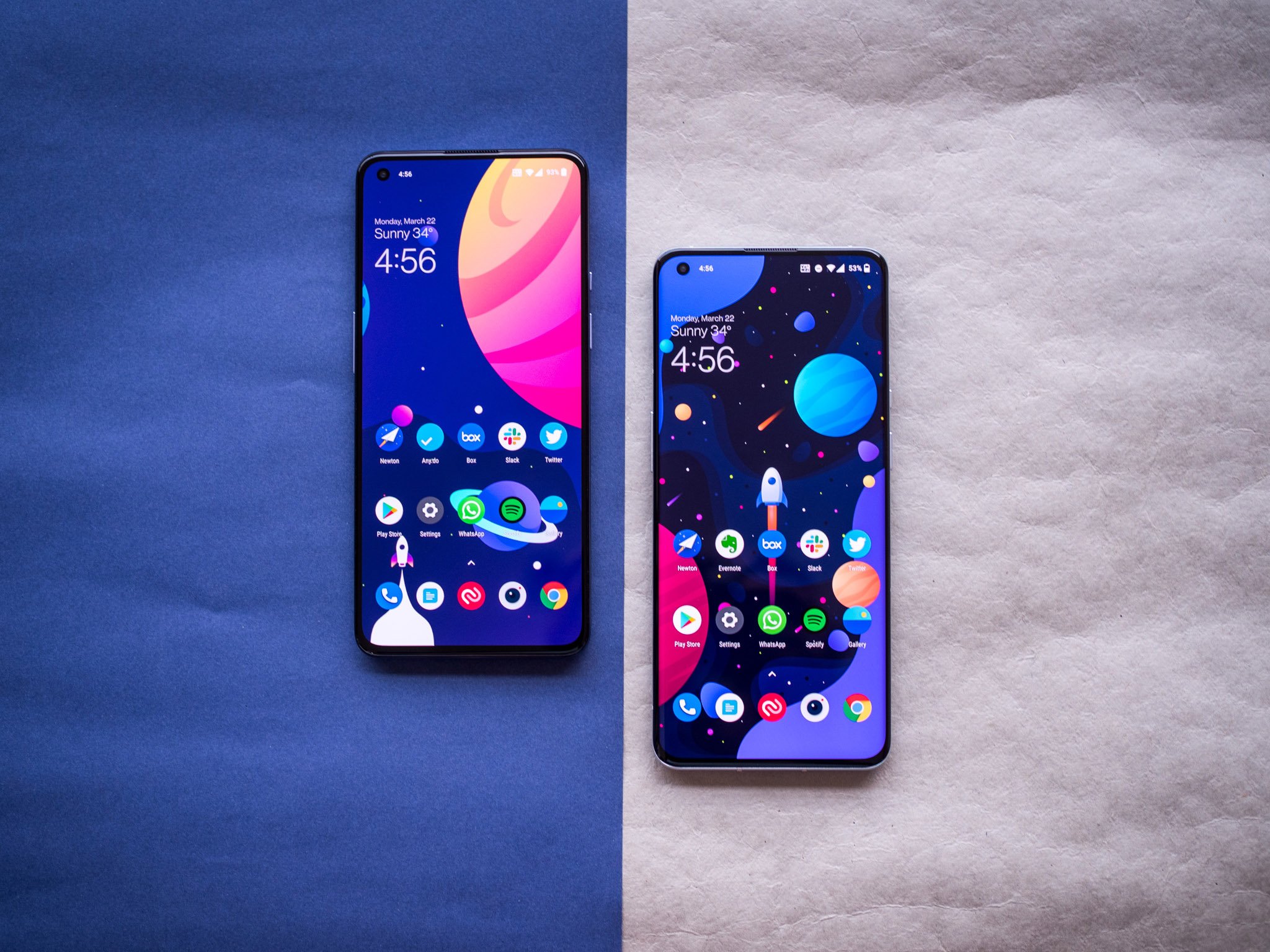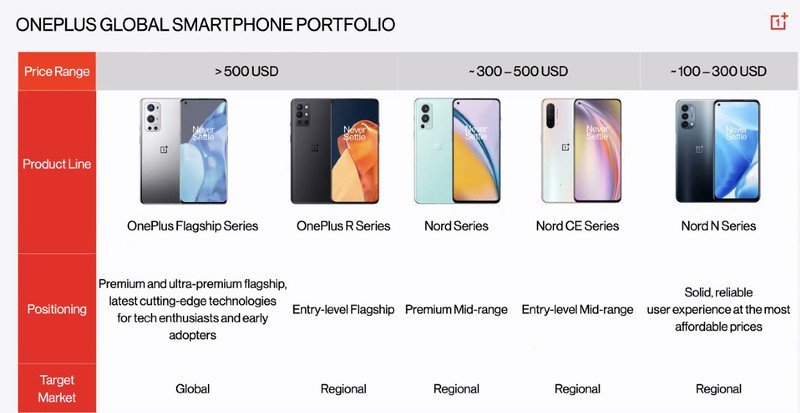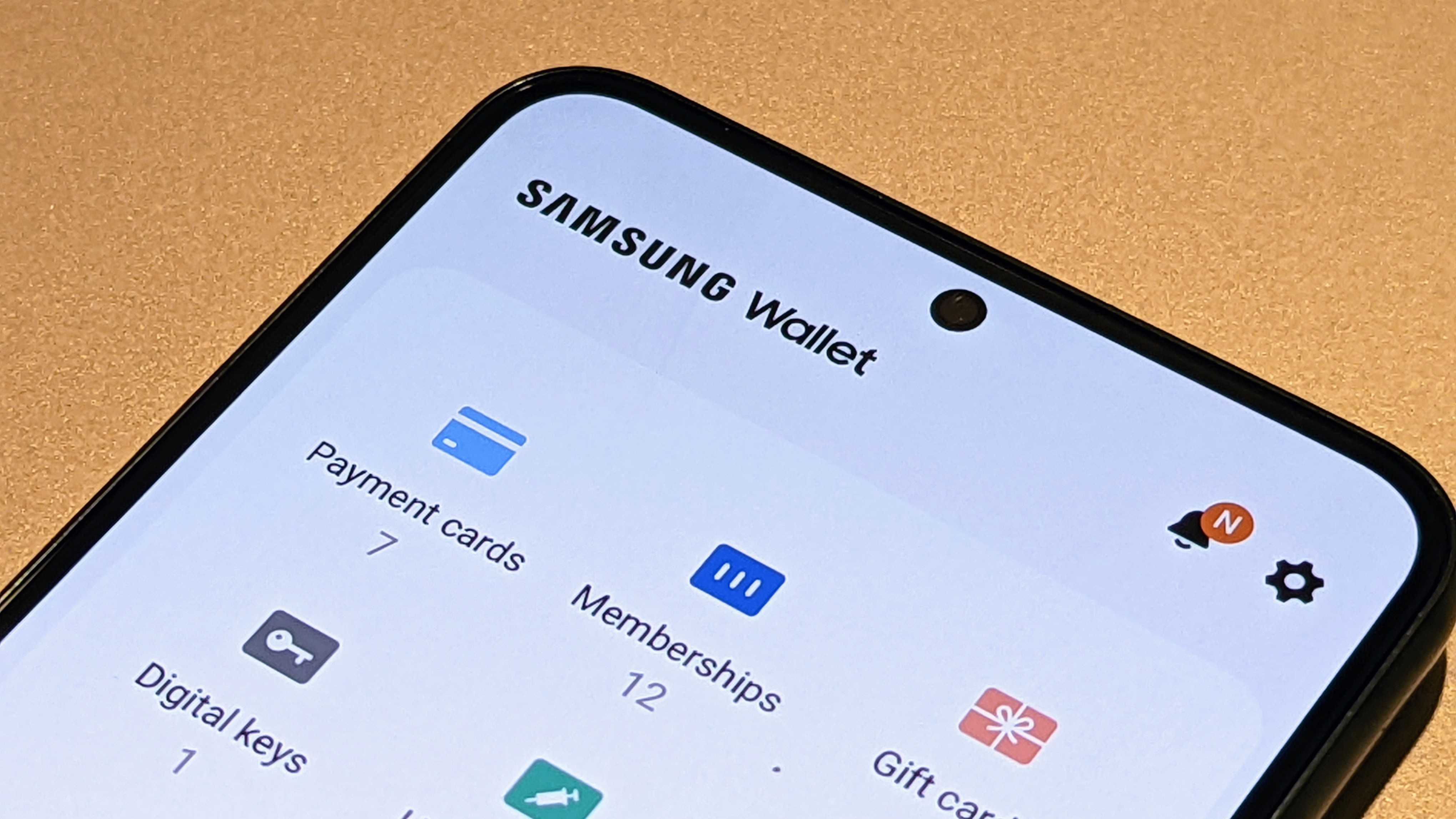OxygenOS and ColorOS are merging to form a unified OS: Eight key questions answered

OnePlus has seen upward momentum over the last 18 months; the introduction of the Nord series catalyzed sales in key markets, the OnePlus 9 series continues to be among the best Android phones, and the Chinese manufacturer is making inroads into the North American budget market with the Nord N series.
For the last seven years, OnePlus' differentiator has been the software. Its phones use similar hardware to Chinese rivals Xiaomi, Vivo, Huawei, and others, so OnePlus turned to OxygenOS to create a software experience that's one of the best on Android. The software has also seen several changes over the course of the last year — OxygenOS 11 introduced a bolder design aesthetic, and earlier this year, OnePlus announced that it was merging OxygenOS with OPPO's ColorOS codebase to streamline its software efforts following the manufacturer's integration with OPPO.
Now, OnePlus and OPPO are announcing a new direction for their software efforts: a unified OS that will power both OnePlus and OPPO phones in global markets. The announcement was made by Founder of OnePlus and Chief Product Officer of OPPO Pete Lau during a media roundtable, where he outlined his vision for "OnePlus 2.0;" which includes a product focus that's driven by regional launches like the Nord.

To that effect, Lau confirmed that there will not be a phone in the T series later this year. As I've pointed out a few weeks ago, OnePlus will instead launch the OnePlus 9 RT with OxygenOS 12 as an alternative. The product positioning slide further reinforces the existence of the 9 RT, with the phone set to be available in India and China.
Going forward, the only OnePlus series that will be sold globally is the numbered flagship lineup, with the Nord and Nord CE range aimed at India and European markets, and the Nord N series at North America. The OnePlus R series delivers the best features of OnePlus flagship phones at a lower cost in India and China.
This focus on regional launches has already made a huge difference for OnePlus. The Nord series was the best-selling mid-range phone in India for two straight quarters, and the Chinese manufacturer recorded a huge 238% increase in sales in North America over the back of the Nord N series. So it makes sense for OnePlus to double down on this strategy in 2022.
Another big change for OnePlus is the software; in 2022, OnePlus and OPPO will launch a unified OS that builds on the strengths of OxygenOS and ColorOS. The as-yet-unnamed unified OS will be the default interface on global OnePlus and OPPO phones, and it will make its debut next year. Here's what you need to know about the unified OS, and how it will make a difference on OnePlus phones.
Be an expert in 5 minutes
Get the latest news from Android Central, your trusted companion in the world of Android
How will the unified OS differ to OxygenOS and ColorOS?
With OnePlus merging its OxygenOS codebase with ColorOS, the logical next step was a unified OS that leverages the best features from both interfaces. According to Lau — who is overseeing the integration — OxygenOS offers a fast and smooth experience with a clean and lightweight UI, with ColorOS delivering a stable interface that's smart and feature-rich.
Here's what OnePlus had to say about the differentiation between OxygenOS and ColorOS:
The two teams already share the same underlying values and pursuit for products: fast and smooth, clean and stable. The integrated operating system will combine strengths from both systems: the stability of ColorOS, and the simplicity and smoothness of OxygenOS.
Lau has confirmed that the unified OS will not have ads, bloatware, or pre-installed apps. Furthermore, OnePlus clarified that the unified OS will be "customizable," suggesting there will be some differences between OnePlus and OPPO devices:
The unified OS will be customized depending on target users, for example for OnePlus devices it will be kept it as clean and lightweight as possible.
The way I see it, the unified OS will feature the best of ColorOS and OxygenOS. It's clear that it will use ColorOS as the base, and carry over the optimizations within OxygenOS. Both interfaces have shared a lot of features over the last two release cycles, and while the unified OS is likely to include new features and a design refresh, it won't be a drastic change.
The focus is to deliver a modern UI with plenty of customizability, and most of all, to not alienate OnePlus' users. As I said earlier, OnePlus built its entire business around differentiated software, and it wouldn't want to anger its vocal userbase by making too many changes.
Will OxygenOS features like Work-Life Balance and Zen Mode make their way to the unified OS?
OnePlus didn't share further details when I asked if OxygenOS-exclusive features — like Zen Mode, Work-Life Balance, Scout, — would make their way into the unified OS, but my insider sources have confirmed that this is the case. The dedicated OxygenOS team is being merged with the ColorOS team, but select features from OxygenOS will be carried over to the unified OS.
That said, the feature-set for the unified OS will be largely sourced from ColorOS 12. We've already seen this with OxygenOS 11.3 on the Nord 2 — which used ColorOS 11.2 as the base — and that's set to continue going forward. For instance, OxygenOS 12 will integrate ColorOS' Music Party feature.
What new features will the unified OS offer?
While OnePlus didn't share a lot of details on what features the unified OS will offer, a key area of focus is imaging. Lau noted that a big part of the investment in its phone unit is centered around cameras, including its collaboration with Hasselblad.
Going forward, the focus will be to deliver an easy-to-use camera interface that doesn't consume a lot of battery and offering better color calibration by leveraging Hasselblad's color science. From a hardware point of view, Lau said OnePlus and OPPO phones will get customized lenses with advanced zoom and better image stabilization.
When will the unified OS launch?
We'll get a first look at the unified OS with the OnePlus 10 series in Q1 2022. OnePlus says the integration will be completed with the launch of Android 13:
OxygenOS and ColorOS will be integrated into one system in 2022 with the launch of the next major Android update. For global OnePlus devices, we will first introduce the integrated OS with the launch of our next flagship series in 2022. The integration will be fully completed when together with the next major Android update in 2022. We will share more details soon.
As for the Find X4 and the Reno 7 series, it is unlikely they will launch with the unified OS. OPPO's statement suggests its 2022 phones will switch over to the unified OS once the Android 13 update rolls around:
ColorOS and OxygenOS will be integrated into a unified and upgraded operating system that applies for global OPPO and OnePlus devices when next year's major Android update occurs.
What phones will make the switch to the unified OS?
Existing OnePlus and OPPO phones will be switched over to the unified OS with the Android 13 update, and all devices that launched with Android 11 out of the box should be eligible. Although OPPO and OnePlus offer three Android updates, older flagships are not eligible.
To that effect, all OnePlus and OPPO phones that are scheduled to get the Android 13 update should make the move to the unified OS. I don't have a confirmed list of devices that will switch over, but here's a tentative list of eligible phones:
- OnePlus 9 Pro
- OnePlus 9
- OnePlus 9R
- OnePlus 8T
- OnePlus 8
- OnePlus 8 Pro
- OnePlus Nord 2
- OnePlus Nord CE
- OPPO Find X3 Pro
- OPPO Find X3
- OPPO Find X3 Neo
- OPPO Find X3 Lite
- OPPO Reno 6 Pro+
- OPPO Reno 6 Pro
- OPPO Reno 6
- OPPO Reno 6Z
- OPPO Reno 5 Pro+
- OPPO Reno 5 Pro
- OPPO Reno 5
- OPPO Reno 5K
- OPPO Reno 5F
- OPPO F19 Pro+
- OPPO F10 Pro
- OPPO F19
None of the existing Nord N devices will transition to the unified OS; the Nord N10 and N100 launched with Android 10 and will only be updated to Android 11, and the Nord N100's solitary platform update will be to Android 12.
Of course, the unified OS is only coming to global OnePlus and OPPO phones; devices from both manufacturers will continue to run ColorOS in China.
Is OxygenOS 12 still launching this year?
Although OnePlus' software efforts are now focused on the unified OS, we will get OxygenOS 12 in a few weeks. OnePlus is already running a closed beta test of its Android 12-based interface, with a public beta scheduled to kick off by the first week of October.
OxygenOS 12 will see a tighter integration with ColorOS and new features like floating windows, Private Safe, and more customizability. And while it will be launching with the OnePlus 9 RT and make its way to older devices over the coming months, OxygenOS 12 will be the last version of OnePlus' custom interface.
What about older devices that won't switch to the unified OS?
As for older devices that will be on OxygenOS and won't switch to the unified OS, OnePlus says it will roll out guaranteed security updates and bug fixes, but that it will not deliver any updates beyond the stated timelines.
Will the unified OS allow for an unlockable bootloader?
OnePlus phones have always stood out for their customizability, and an easily unlockable bootloader made them an enticing choice for those looking to try out custom ROMs. But with OPPO locking the bootloader on its global phones and with the unified OS using ColorOS as the foundation, there's a worry that OnePlus devices will follow down the same path.
Lau has clarified that the bootloader on the unified OS will be unlockable, but that users looking to do so will have to request a code. It's likely OnePlus will adopt a system similar to what Xiaomi does with MIUI, but we'll have to wait to find out more details.

Harish Jonnalagadda is Android Central's Senior Editor overseeing mobile coverage. In his current role, he leads the site's coverage of Chinese phone brands, networking products, and AV gear. He has been testing phones for over a decade, and has extensive experience in mobile hardware and the global semiconductor industry. Contact him on Twitter at @chunkynerd.
